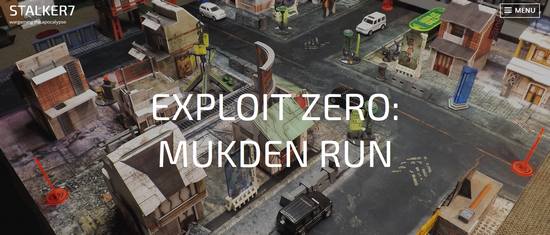So how did my robots turn out? Well, first, I had to print them out.
The first complication was that I was out of the quality cardstock I usually use. Instead, I used a cheaper cardstock - which probably mutes the colors a bit.
Then I noticed that the margins on my printed sheet differed from those on the PDF. I had to find the settings - both in Adobe and for my printer - that would print the PDF as it was, without enlarging the margins.
After that, it was simple to cut, score, fold, and assemble. The instructions mention gluing the figures together, but I found it easier to use double-sided tape. (Due to the popularity of scrapbooking, you can even find acid-free double-sided tape at the $1 USD store these days!)

The side and rear views point out the differences between the three formats:


My personal favorite is the triagonal style, as it gives a nice 3D representation, and is the easiest to see how the figure is facing. Maybe it's because they're robots, but with the flats, I sometimes have trouble seeing the difference between the front and back views. Then again, the "true flat" format puts a label on the front side...
A Word About Folding
Here are three robots that I've constructed slightly differently:

The central robot is what I get when I just fold the cardstock, without any preparation. The top edge looks a bit ragged.
The left robot is what I get when I follow the instructions, and score the paper before folding. (Meaning to crease the paper with a dull blade - or back of the blade - before folding.) It takes slightly more time, makes the act of folding much easier, and gives a nicer fold-edge.
Or, if you are making "true flats," you can just cut the two sides apart and attach them back-to-back! (See right-most robot)
A Gaggle of Robots
Here are some photos of robots swarming around on my workbench, to give you some idea of how they might look on your tabletop.


Since I've got the PDF version, I can keep printing until I have all the robots I need...









